Overcoming Leash Reactivity in Dogs: Your 3-to-6-Month Training Plan
Leash reactivity can make walks stressful for both you and your dog. Whether your dog reacts to other dogs, people, or fast-moving objects, the key to success is patience, consistency, and structured training. Our Leash Reactivity Intensive Training Program is designed to help you and your dog build confidence and remain calm during walks.
Step 1: No More Free Meals
Start by switching to hand-feeding your dog their meals during walks or training sessions at home. This helps reinforce positive behaviors and builds engagement with you.
Step 2: Identify and Avoid Triggers
Minimize exposure to triggers, such as:
Other dogs, small animals, and unfamiliar people
Fast-moving objects (bicycles, joggers, motorcycles, skateboards)
Noisy or high-traffic environments
Optimize Your Walking Schedule
Walk your dog at low-traffic times. This may change depending on where you live, but here are some suggested timings:
Early mornings: 5:00 - 7:30 AM
Late mornings: 10:30 AM - 12:00 PM
Afternoons: 3:00 - 5:00 PM
Evenings: After 8:00 PM
Start Training at Home
Begin training in a controlled environment, such as your backyard or immediate neighborhood. Focus on:
Door manners (Sit-Stay before exiting)
Heel position (reinforce a calm, focused walk)
Walking the same route to help your dog habituate and stay engaged with you
Step 3: Understanding Thresholds & Managing Exposure
Your dog’s threshold is the point at which they become aware of a trigger and react. This could be based on proximity (how close they are) or quantity (number of triggers present).
To prevent threshold breaches:
Avoid triggers whenever possible by rerouting, crossing the street, or waiting them out.
Use motion strategically (jogging or making a U-turn) to remove your dog from a stressful situation.
Avoid socialization on walks to maintain focus and prevent mixed signals.
No Dog Parks! Instead, opt for sniff walks in quieter areas.
Step 4: Leash Manners & Communication
Teach your dog to maintain self-control through back-chaining, where they learn to hold a controlled position (Sit-Stay, Down-Stay, Heel) until released.
Intro Training Games
Search Release: Start each session with this game to get your dog moving and engaged.
Sit/It’s Your Choice Games: Reinforces Sit-Stay behavior by gradually increasing challenges.
Heel/Reinforcement Zone Games: Build value for staying by your side using Stationary Reinforcement Zone (SRZ) and Moving Reinforcement Zone (MRZ).
Balance Breaks: Allow your dog to “blow off steam” by engaging in controlled play, like tug games.
Step 5: Paying for Orientations (PFO) Protocol
This counter-conditioning technique helps your dog remain calm when exposed to triggers. It involves feeding your dog rapidly when they orient toward a trigger, deactivating their instinctive response and encouraging focus on you.
Using PFO on Walks:
Apply PFO near hotspots, such as barking dogs behind fences or approaching leashed dogs.
Avoid direct encounters by maintaining distance, crossing the street, or making a U-turn.
Step on the leash (or pick up small dogs) to maintain control while feeding.
PFO Process:
Present food when your dog orients toward a trigger.
Continue feeding until they calm down.
If your dog remains agitated after 8-12 food rewards, increase distance.
Stop moving toward the trigger and wait for it to pass before proceeding.
5 Tips to Make PFO Easier
Feed meals exclusively during walks for 3 to 6 months to reinforce training.
Take shorter walks initially to practice PFO mechanics.
Avoid difficult triggers and aim for an 80% success rate before progressing.
Step on the leash to ensure close contact and prevent lunging.
Loop the leash around your wrist to keep both hands free for feeding.
Commit to the Process
Leash reactivity training takes time, but by consistently implementing these strategies, you’ll build your dog’s confidence and create a more enjoyable walking experience. Stick to the plan, be patient, and celebrate small victories along the way!
Alexandra Bassett is the owner, dog trainer, and behavior consultant at Dog Savvy, a private dog and puppy training company specializing in game-based dog training and solving problem dog behaviors like dog separation anxiety, leash reactivity, excessive barking, and aggression.
She is certified as Knowledge Assessed by the Council of Professional Dog Trainers (CPDT-KA) and is available for online dog training sessions via Zoom. To book an intro session with Alexandra, click here.


